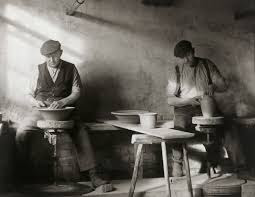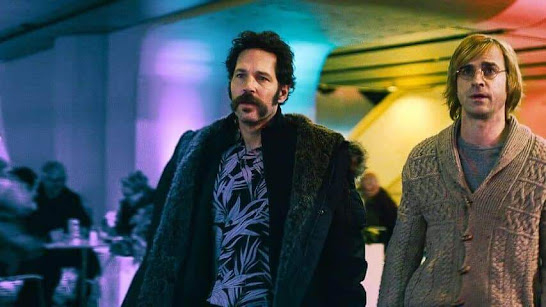
Pablo Larrain's El Conde (The Count) is a satiric horror film that portrays Chilean dictator Augusto Pinochet as a vampire who has lost his lust for life. Pinochet's children, who are eager to seize their inheritance, hire a nun named Carmen to hasten his demise. Under the guise of auditing his estate, Carmen travels to the bleak rural farm where Pinochet is hiding in order to dispatch the ex-dictator. Plans, however, go awry.
The opening twenty minutes of the film, which traces Pinochet's genesis back to the French Revolution, is the most entertaining segment in any Larrain film, but things bog down when Carmen arrives at the farm. In her guise as an auditor, Carmen interviews Pinochet and his family about their holdings. This enables Larrain, to soporific effect, an opportunity to review Pinochet's many crimes, including widespread slaughter of his political opponents and the looting of national assets to his family's benefit. Margaret Thatcher shows up as Pinochet's vampire mother because Larrain wants to link Pinochet's fascist government with the right wing democratic leaders who helped prop up his regime. Stella Gonet, who portrayed Queen Elizabeth II in Larrain's Spencer and has portrayed the former PM on stage, plays Thatcher and drolly handles the film's narration.
Despite its longueurs, I think El Conde is Larrain's most successful film and would recommend it for Edward Lachman's splendid black and white cinematography alone. Larrain's conceit is a thin one, but good performances by Jaime Vadell as Pinochet and Alfredo Castro as his manservant help flesh things out. Tatiana Maulen's witty art direction is also an asset. El Conde is currently streaming on Netflix.






















